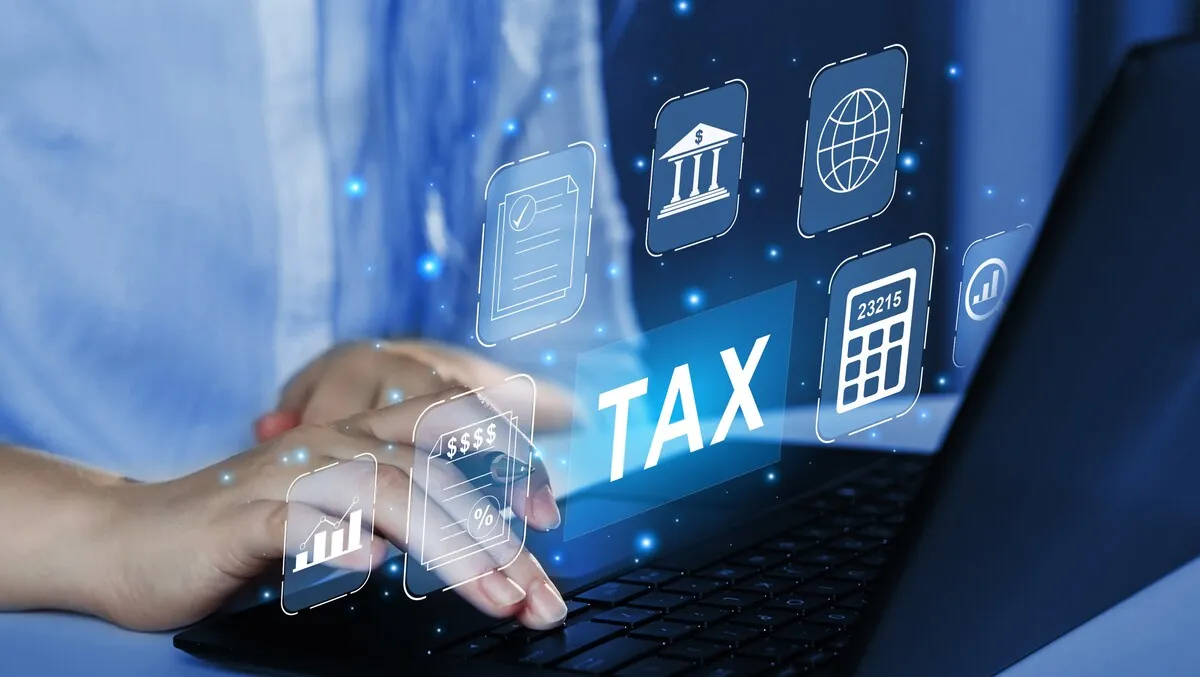
Building an economy of the future with radical digital transformation
"Life moves pretty fast. If you don't stop and look around once in a while, you could miss it." – Ferris Bueller
Technologists need to look no further than the rise of generative AI for proof of Ferris' wisdom. The tech only hit the mainstream in November 2022 and is now having a profound impact on business and society. This rapid change means the government is often left scrambling to catch up.
Taxpayers now expect government services to be provided with the same customer focus and digital convenience they get from the private sector. Self-service, AI chatbots, digital identity and government-to-public transactions all need to work transparently and efficiently.
According to Gartner, worldwide government IT spending is forecast to total $US588.9 billion ($A873.2 billion) in 2023, an increase of 6.8% from 2022. Locally, Australian government spending on IT is expected to top $A17 billion in 2023. This public sector growth is being driven by the increasing adoption of cloud computing, big data analytics, machine learning and the Internet of Things (IoT).
Generate value through digital transformation
So how can governments tackle their digital transformation journeys in a cost-effective, fiscally responsible way, all the while delivering the services taxpayers are demanding? It comes down to focusing on several practical, outcome-driven steps:
- Bring greater agility to agency operations with flexible IT. Transform static IT into responsive, on-demand, robust IT services able to fuel your agency's agenda while minimising administrative workloads.
- Empower employees to succeed anytime and anywhere. The public sector might appear old-fashioned in some people's minds, but many public servants are motivated by their mission to deliver better outcomes for people and communities. Because of this, the public sector will embrace new technologies and ways of doing things if it improves their mission.
- Spur innovation by making better use of data assets. Purpose-designed data storage and processing can help you simplify and secure data management and translate information into innovations and decisions that benefit constituents and enhance policymaking.
- Augment cybersecurity across agencies, services, applications, devices, and systems. As well as using secure devices and infrastructures, you can deploy and integrate targeted solutions to safeguard user identities, data, and systems and to recover quickly from digital attacks.
- Build centres of knowledge and innovation. When we look at future skills development and building the workforce of the future, we need to understand that these areas allow us to unlock a lot of potential for the future growth of digital economies. New technologies can unlock new kinds of value and revenue generation. Thanks to automation, workers can spend more time on what humans do best – lateral thinking, problem-solving, strategy and creativity - and eliminate the mundane, repetitive tasks.
While making the machinery of government more efficient, technology also has the benefit of allowing the public sector to smoothly and transparently deliver the services its citizens are demanding. For example, the MyGov portal in Australia is currently being overhauled, with a new emphasis on putting services front and centre for taxpayers, as well as a new mobile app. Interacting with government agencies like Centrelink and the ATO will become easier for people, and the introduction of a government digital ID means they will only need to authenticate themselves once instead of having to continuously prove who they are.
Australia launching a Data and Digital Government Strategy with the aim of simplifying access to government services for taxpayers and businesses, as well as creating a pathway for data-driven policy development, is also a great first step, but needs to be seen through to execution.
Winning in the digital economy requires a combination of technical understanding, pioneering leadership, and a sense of vision and determination to encourage innovation. Government leaders who engage with these possibilities today will shape the digital economies of tomorrow.

